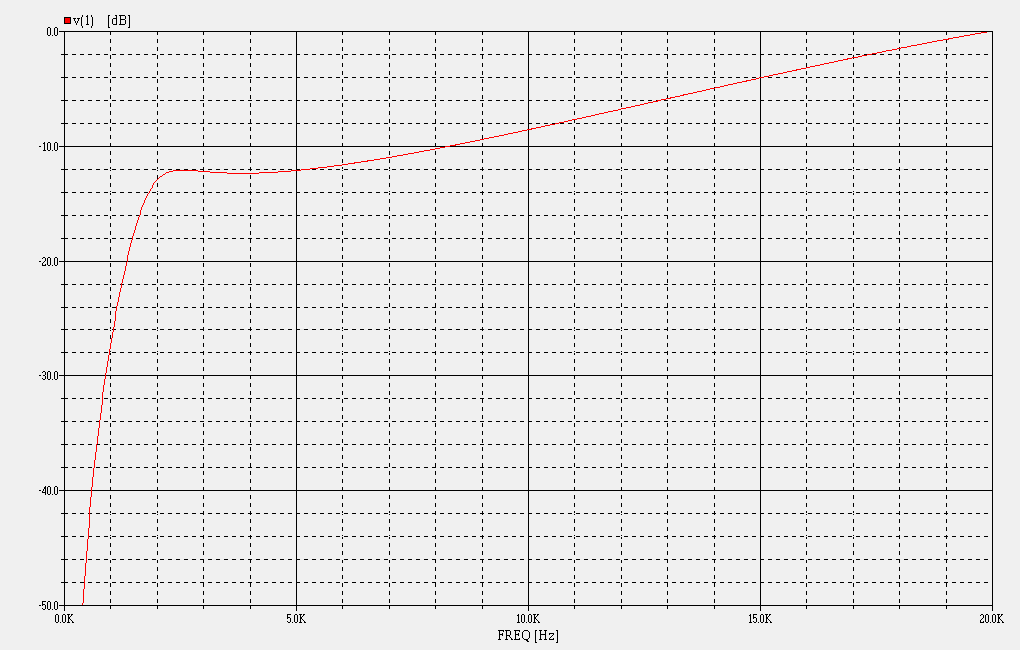I used to run a 1kHz crossover, and I had considered 1.2kHz as well. It's pretty easy to do really. As you might expect from me, I'm going to suggest that you do your modeling in Spice. But that's just so you know how the components R1, R2 and C1 act insofar as damping is concerned. The basic crossover filter is pretty simple stuff.Use the following components for a 1kHz π crossover:
L1 = 0.8mH
C2 = 16uF
C3 = 50uF
L2 = 1.5mH
C4 = 16uF
For the Zobel damper, C5 = Le/Re2 and R3 = 1.25Re, where Le and Re are the voice coil inductance and resistance of the midwoofer. For tweeter compensation components R1, R2 and C3, you'll want to run a quick Spice analysis but the values shown for the 800Hz or the 1.6kHz will give you a good place to start.
The 500Hz, 600Hz and 800Hz crossovers were all done with the assumption that 2" exit compression drivers would be used on large horns, so the compensation components R1, R2 and C1 are set accordingly. Naturally they bring compensation in sooner, and so they will be a bit off when used with a smaller compression driver and horn. If you're planning to use a 1" compression driver on an 800Hz horn, I suggest using compensation values as are shown for the 1.6kHz model. But do confirm the crossover with Spice, because these values also damp the crossover circuit, setting system Q at the crossover point. You want the response curve to look basically like this:
 Response curve of π crossover tweeter output
Response curve of π crossover tweeter output
You'll find models for the circuits are included in the Spice archive in the link provided, so it is very easy for you to play with the values and see your response curve. What you're looking to do is to set the values of R1, R2 and C1 so that there is no peak at the crossover frequency and the response is basically flat for a couple of octaves. Then you want it to begin to rise where the power response of the tweeter horn begins to fall off.







